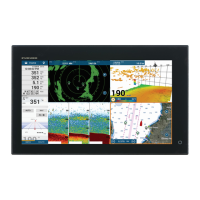
Do you have a question about the Furuno TZT16F and is the answer not in the manual?
Explains how to use icons, displays, and power switch operations.
Details on editing, deleting, resizing, and relocating display icons.
Instructions on selecting displays from the home screen or quick page.
Covers tap, drag, swipe, pinch, and two-finger gestures for interaction.
Guides on using pop-up, layer, slide-out, and settings menus.
Components of the plotter's data area, like heading line and alarm.
Changing between 2D and 3D visualization modes on the plotter.
Switching between North Up (NU) and Heading Up (HU) orientation.
Recentering the vessel's position on the plotter screen.
How to add, delete, or change displayed data in data boxes.
Steps for entering points and setting them as destinations.
Accessing and managing the list of saved points.
Instructions for setting boundaries like area or line.
Step-by-step guide to creating a new route with waypoints.
Instructions on how to navigate a route on the plotter display.
Accessing and managing the list of saved routes.
Changing the radar mode between standby and transmit (TX).
Adjusting radar gain, sea clutter, and rain clutter settings.
Measuring distance and direction to radar targets from own ship.
Setting up radar guard zones for target alerts.
Managing the visibility of ARPA target symbols on the display.
Manually and automatically acquiring radar targets for ARPA tracking.
Viewing detailed data for acquired ARPA targets.
Configuring CPA/TCPA alarm settings for collision alerts.
Enabling and showing the CPA Line for visual closest point of approach indication.
Managing the display of AIS target symbols.
Understanding different AIS target symbol types and colors.
Setting up proximity alarms for nearby AIS targets.
Displaying detailed information for AIS targets.
Choosing between low, high, and dual frequencies for fish finding.
Viewing historical echo data on the fish finder display.
Overview of automatic and manual modes for gain, clutter, and TVG.
Adjusting the range on the fish finder display.
Optimizing fish finder performance by adjusting gain.
Minimizing unwanted noise or interference on the fish finder.
Using Bottom Lock and Bottom Zoom for seabed analysis.
Utilizing Bottom Discrimination, RezBoost™, and ACCU-FISH™ for detailed analysis.
Adding and switching between different instrument display configurations.
Modifying, removing, or adding data indications on the instrument display.
Steps to connect to an existing wireless LAN network for internet access.
Steps to create a local wireless network for device connectivity.


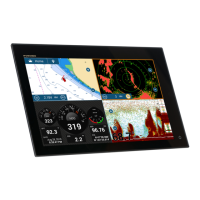

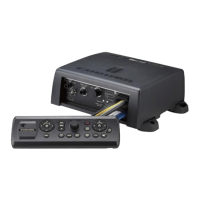


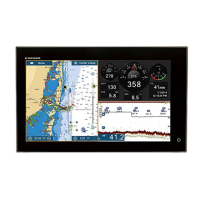

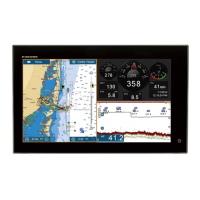

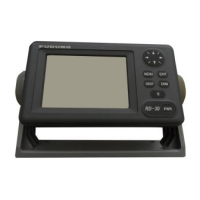
